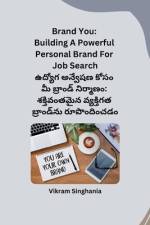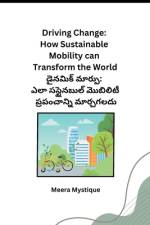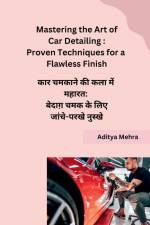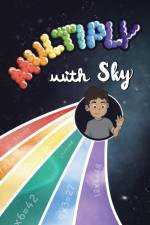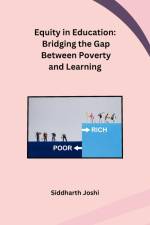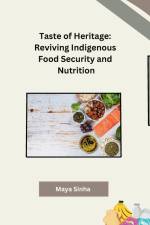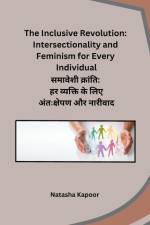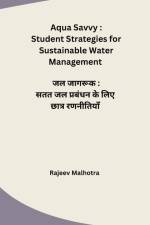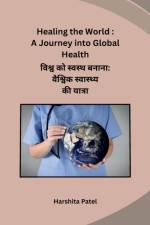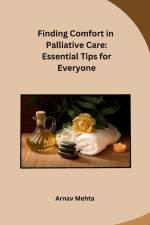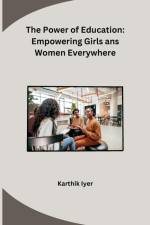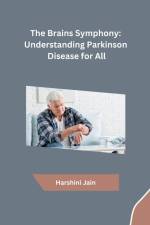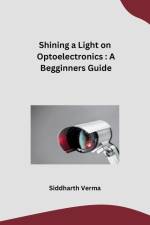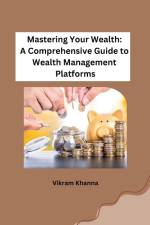von Karthik Rao
35,00 €
Student-centered city: Creating a dreamland for learningEducation is the lifeblood of a nation, and students are the beating heart of that stream. But are our cities able to hear the heartbeat of that heart? In today's fast-paced, concrete jungles, are we really creating places that enrich the educational experience of the young generation and nurture their holistic development? This question gives rise to the concept of a student-centered city.An ideal student-centered city is more than just a structure of bricks and mortar. It is an ideology, a philosophy, where every fiber of the city, through its streets, squares, parks, and transportation, is connected to the stimuli of learning. Let us imagine a city where...· Green alleys of learning: Instead of concrete, greenery flows through the arteries of the city. The canopy of trees provides shade, the fragrance of flowers fills the air, and the chirping of birds sings the songs of knowledge. These classrooms are held under the open sky, incorporating nature into the curriculum.· Intersections of knowledge: The doors of libraries are open 24 hours a day, welcoming the curiosity of students. Music halls and artworks enliven the streets, where every step becomes a new experience, a new inspiration. Wise old men sing songs, young artists color imagination, and the wonders of science open up at every intersection.· The voice of safe transportation: Not speeding roads, but bicycle paths and pedestrian paths flowing in the rhythm of the tiny steps of students. Public transportation is safe, affordable, and accessible, emphasizing punctuality. The city map is as clear as an open book, so that any student can reach their destination easily by reading it.Such a city would be a dreamland for learning. It would be a place where students could thrive, both academically and personally. It would be a place where they could learn and grow in a safe, supportive environment.Here are some specific ways to make a city more student-centered:· Invest in green spaces: Green spaces provide a place for students to relax, learn, and play. They can also help to improve air quality and reduce noise pollution.· Make libraries and other cultural institutions accessible: Students should have easy access to resources that can help them learn and grow. This includes libraries, museums, theaters, and art galleries.· Provide safe and affordable transportation: Students should be able to get around the city without having to worry about their safety or their finances. This includes investing in public transportation, bike paths, and pedestrian walkways.


